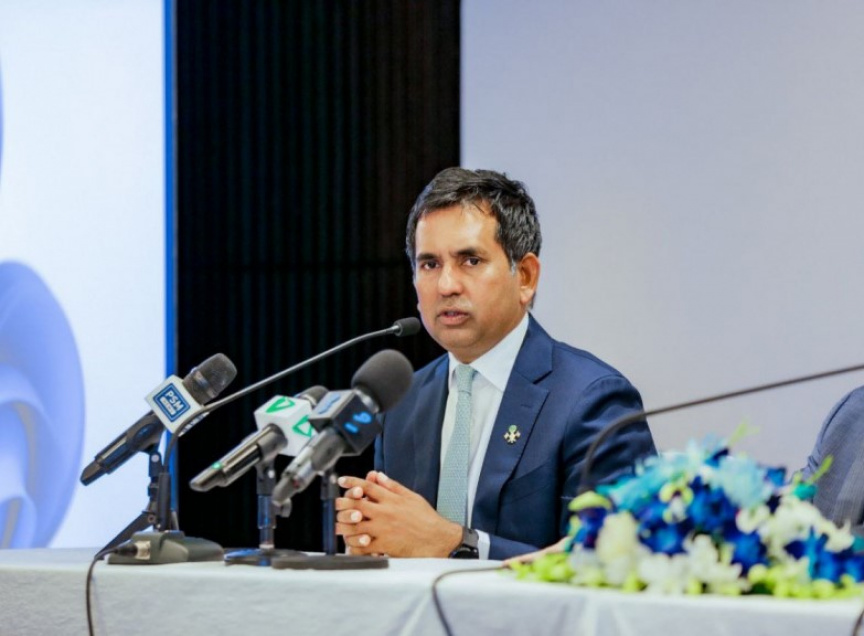
India and China to Support Non-USD Payments for Maldives Imports
The Maldives is set to make a major shift in its international trade payments. Both India and China have agreed to let the Maldives settle import bills using their local currencies, the Indian Rupee and Chinese Renminbi, instead of the US dollar. This development is expected to bring substantial economic benefits to the island nation.
Maldives’ Economic Minister Mohamed Saeed announced this breakthrough, sharing that China’s Commerce Ministry confirmed their support for this initiative in a recent letter. Similarly, Indian officials assured their cooperation during a meeting between Saeed and Indian High Commissioner Munu Mahawar.
New Payment Options
The Maldives imports goods worth USD 600-700 million from India and China each year, totaling up to USD 1.5 billion annually. By paying for these imports in local currencies, the Maldives can reduce its need for US dollars, easing financial pressure on the economy.
“We are working with both countries to arrange for payments in their local currencies. For example, imports from China can be settled by converting Maldivian Rufiyaa to Renminbi through banks, instead of using US dollars,” explained Minister Saeed. He added that this shift could save the Maldives up to 50 percent of the annual import costs from these two countries.
Economic Benefits
Switching to local currencies for imports is expected to cover up to USD 300 million worth of goods from each country, potentially saving the Maldives around USD 700 million. This reduction in dollar dependence will likely stabilize the Maldivian Rufiyaa and lower future demand for US dollars.
“By making these arrangements, we can significantly reduce our reliance on US dollars. This will decrease the demand for dollars, and our need for them will continue to fall,” Saeed noted.
Challenges and Improvements
Despite these positive developments, Minister Saeed acknowledged ongoing challenges. The Maldives is still working to overcome skepticism from foreign countries regarding its economic stability, a lingering effect of the previous administration's financial mismanagement. However, he noted that the situation is gradually improving as the new administration implements strong fiscal reforms.
One such reform includes stopping the printing of new money, which has helped stabilize the Maldivian Rufiyaa. President Dr. Mohamed Muizzu has been instrumental in driving these changes, focusing on sustainable financial practices to strengthen the economy.
Looking Ahead
Minister Saeed is optimistic about the future, predicting that the Maldivian Rufiyaa could strengthen against the US dollar by 30-40 percent in the coming months. This optimism is based on the recent stabilization of the Maldivian currency and a decreasing dollar exchange rate, which indicate positive outcomes from the government's fiscal policies.
The Maldives’ economic outlook is indeed showing signs of improvement, with reduced reliance on the US dollar and strengthened international trade relationships. As the country continues to implement these reforms, it is poised to achieve greater financial stability and economic growth.